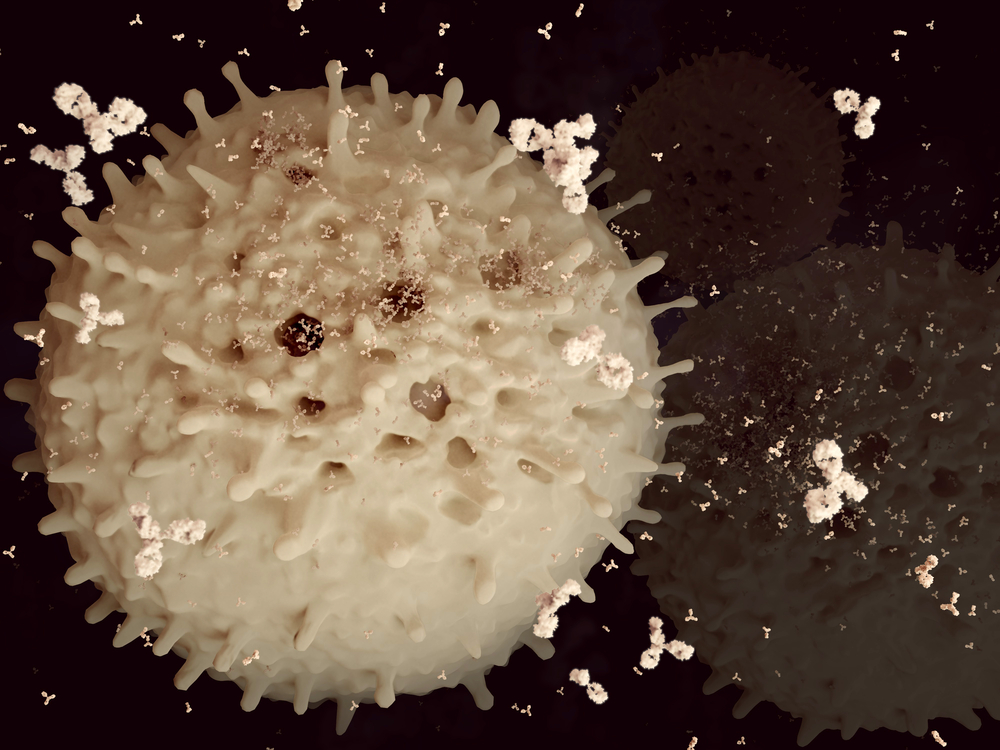Adenosine Receptor May Offer Way of Moderating Immune Response in Lupus

Researchers found a specific class of adenosine receptors called A2A that works to counter the immune cell hyperactivation observed in systemic lupus erythematosus (SLE) patients, and may be a new target for disease treatment.
The study, “A2A adenosine receptor upregulation correlates with disease activity in patients with systemic lupus erythematosus,” was published in the journal Arthritis Research & Therapy.
Adenosin — a molecule composed of adenine attached to a sugar (ribose) — is present throughout the body and, after binding to its receptors, initiates several cellular processes. One of these receptors, the A2A receptor (A2AR), is known to inhibit the activation of immune cells and inflammation.
For this reason, researchers at the University of Ferrara, in Italy, analyzed the expression of the A2A receptor in cells taken from 80 SLE patients, and compared it to cells from 80 healthy individuals serving as controls.
They found that A2AR levels were 2.3-fold higher in immune cells (lymphocytes) of SLE patients. Importantly, cells of patients with less disease activity expressed more A2AR. This finding led the researchers to suggested that this may be a process to counteract cell hyperactivation and prevent tissue damage. “The highest levels of A2AAR density were tightly correlated with the lowest levels of clinical … indexes and serological parameters (anti-DNA, C3 and C4) of disease activity, suggesting that the endogenous activation of these receptors could lead to mitigation of the disease,” the authors wrote.
Next, the researchers isolated lymphocytes from the blood of both groups (patients with SLE and controls) and incubated these immune cells with an A2AR agonist. They found that lymphocytes derived from SLE patients were less activated and produced lower levels of immune factors, demonstrating that A2AR can work against or inhibit lymphocyte hyperactivation.
Future studies are needed to determine whether A2AR activation in SLE patients may also prevent tissue injury derived from immune responses. “The anti-inflammatory response of A2AARs opens up a new perspective on the translational role of the A2AAR agonists in the pharmacological treatment of SLE, highlighting their therapeutic potential in the management of this disorder,” the authors concluded.
Idera Pharmaceuticals recently presented pre-clinical data on the mechanisms of action behind its antisense (3GA) technology platform, a gene silencing technology whose potential disease indications include, but are not limited to, lupus nephritis.






